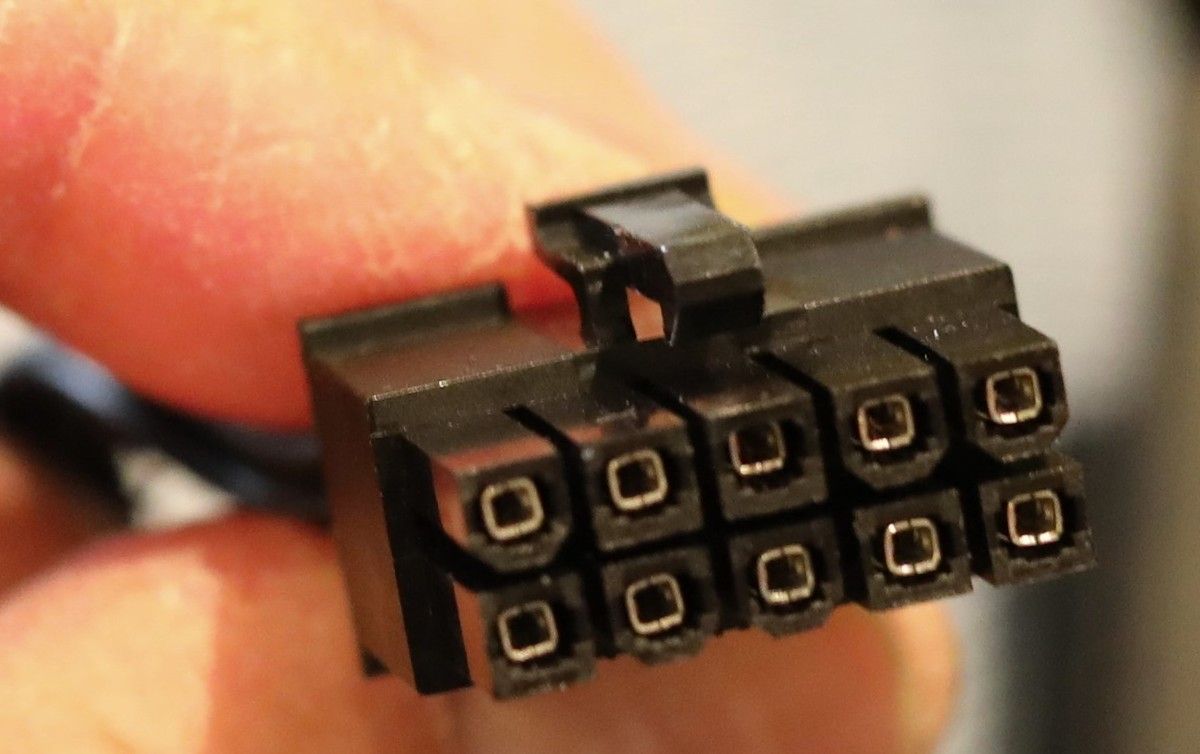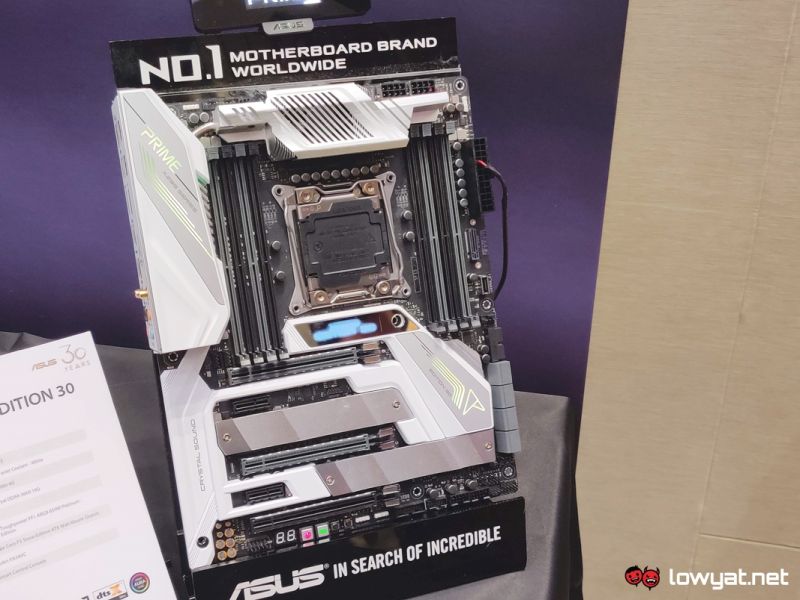On paper, the ATX120VO shifts all of the usual voltage rails like the +3.3V, +5V, and -12V away from the PSU and directly on to the motherboard. In addition to doing this, it also enables Intel to switch from a 24-pin power connector to a smaller and more efficient 10-pin power connector. At this point, you’re probably wondering what this means for the future of motherboards and DIY PC building enthusiasts. And to that we say, stay calm. Firstly, Intel has no plans on disrupting the current PSU market with its ATX12VO model. As explained by PCWorld’s Gordon Mah Ung, the 10-pin PSU model will only be appearing in some pre-built OEM PCs and system integrators.
As to why Intel decided to move some of its voltage rails from the PSU to the motherboard, it all boils down, once again, to efficiency. Over time, PSUs have evolved in the way it consumes power; a 600W PSU made back in 2006 would have dedicated 25% of its power to 3.3V and 5V rails. while a PSU with the same wattage today pushes far less through the same voltage rails. Another reason why Intel probably doesn’t have any plans on interrupting the current market is also due to the burdens caused by shifting the 3V and 5V rails on to the motherboard. As innovative as it is, it does increase the burden on the components; this means a larger PCB, and increase in PCB layers, and understandably, an increase in cost.
For now, DIY PC builders can breathe a sigh of relief, knowing that the ATX12VO format won’t be forcing them to replace their current rig and components anytime soon. (Source: PC World // Image: How To Geek)

